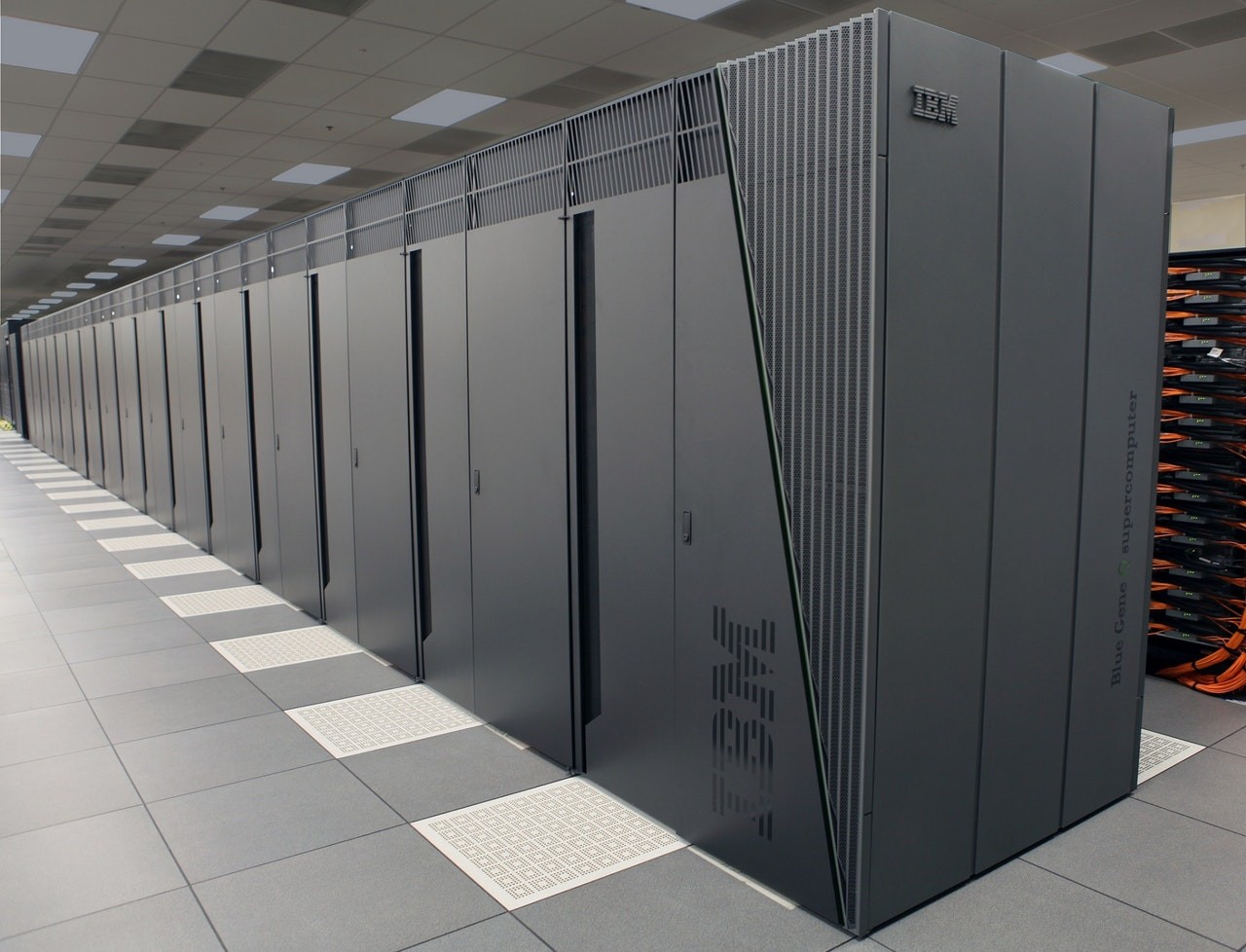Technologies evolve regarding data centers and server rooms and, therefore, engineering systems that enhance them change as well. As an example, the HACA containment system, which stands for "hot aisle cold aisle," was initiated to address the problems associated with small server rooms whose equipment may run too hot.
Many businesses regularly upgrade their server room equipment as new products, software and enhancements are released. Yet these same businesses can sometimes ignore recent updates to their fire suppression systems, perhaps not quite as exciting as the latest IT releases. This type of oversight can threaten extremely valuable assets.
If your business has recently updated your server room or data center, including HACA tools, it is essential that you engage an expert fire suppression team to get an assessment of your current systems to confirm their efficacy, and bring them as current as your IT systems.
How Airflow Containment Systems Present Problems for Fire Suppression
The usage of "hot and cold aisle" systems in a server room can dramatically change air patterns and the speed at which they change. While some HACA technicians might indicate that HACA systems are compatible with existing fire suppression equipment, they aren't qualified to make that determination.
There are many factors that can create alterations to airflow from HACA systems and can challenge the efficiency of your overall fire suppression system, and possibly endanger your data center.
Increased airflow velocity is a possible outcome. The engineering that goes into HACA systems is built on managing air currents to keep IT gear cool and also save energy use and resulting costs. A consequence of this architecture is airflow with a significantly higher velocity and a higher frequency than in a non-HACA room.
A standard server room could possibly experience a maximum of 60 air changes per hour (ACH). Data rooms configured with a new HACA system might reach as high as 500 ACH or above. The resultant higher air flow velocity can affect at least two areas of your fire suppression system:
- When a fire breaks out, the smoke density and rate of disbursement get changed. Smoke may be "thinner" and therefore harder for smoke detectors to detect.
- Higher velocity can impact how completely clean agent fire suppression spreads. These gaseous materials can get blown around and thinned out by the air flow, lessening its ability to suppress fire.
A second consequence is that the HACA containment method can also change airflow. Disruptions in airflow patterns have the potential to alter smoke plume formation, which can prevent a typical fire suppression system from accurately identifying the threat.
Finally, a third result in airflow changes occur because HACA systems, due to their large size, introduce significant new barriers in a data center. Barriers that help contain and manage heat can also obstruct clean agent nozzles.
HACA-related barriers could potentially be marked for "automated removal" when the room hits a certain temperature threshold. However, in too many data centers, the automated removal temperature ends up being set higher than the trigger temperature for the suppression system.
In summary, if you have integrated an HACA solution into your data center, remember to regularly schedule a fire suppression system inspection. Older NFPA codes cannot be relied on.
What's Your Next Step?
More recent NFPA codes specifically address some of these HACA issues in server rooms. NFPA guidelines help fire protection professionals, such as Frontier Fire, keep your server room or data center as safe as possible.
Don't risk it. Contact Frontier Fire for an evaluation of your data center or server room's fire suppression system today!

